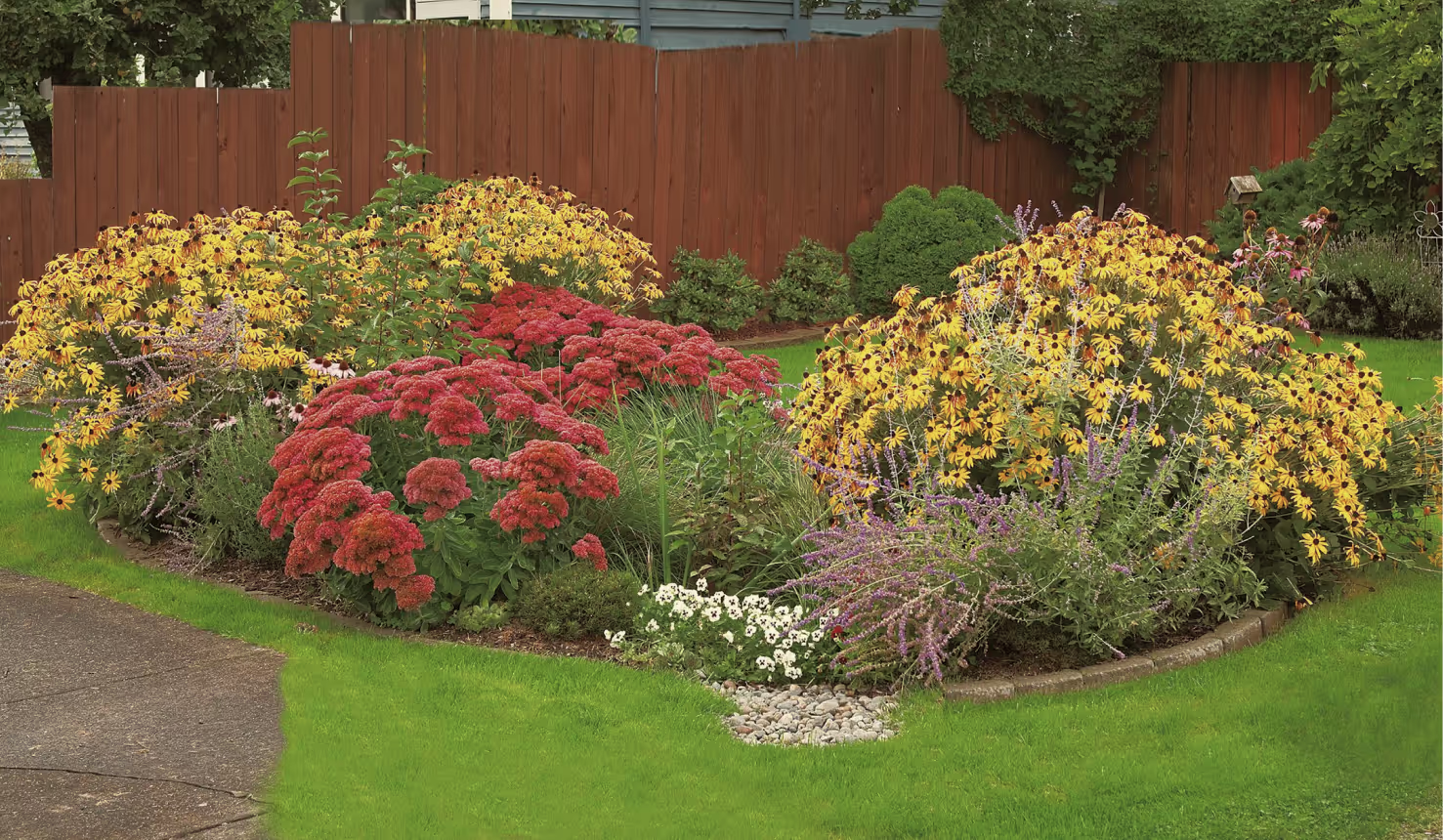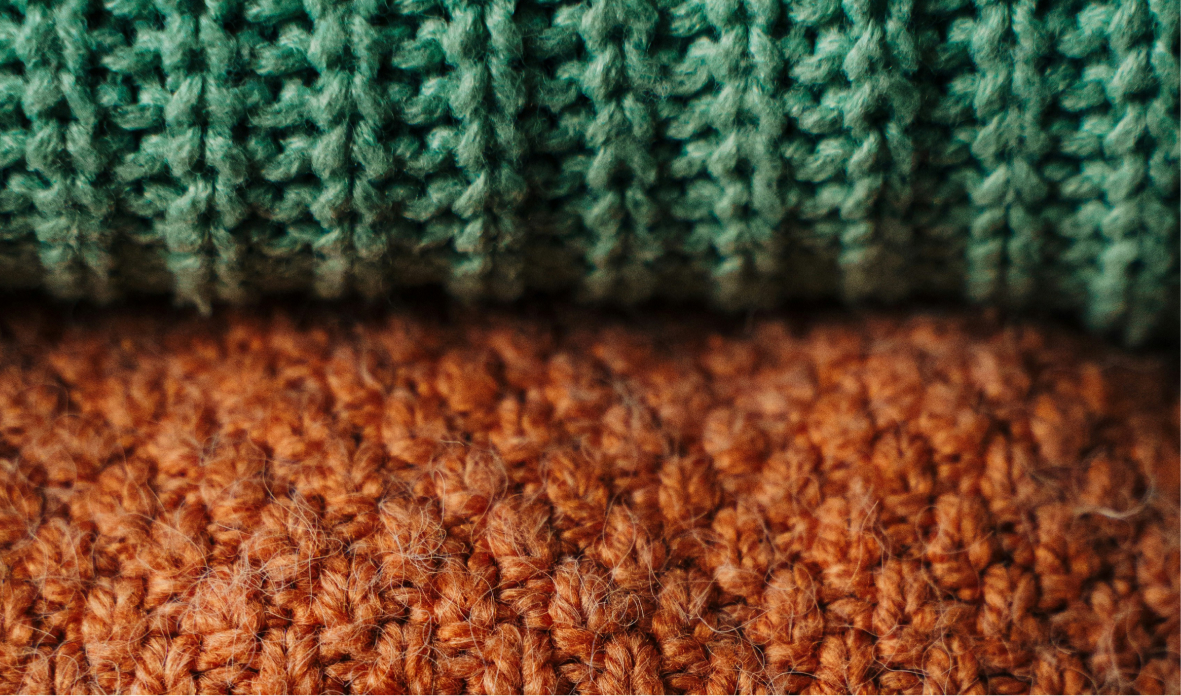What is a Rain Garden? Simple, sustainable solutions to flooding and erosion

Join the community





A rain garden is a garden or landscaped area that helps manage and control stormwater runoff by allowing rainwater to be absorbed into the ground naturally. It is a sustainable stormwater management tool that deals with excess rainwater to prevent issues like erosion, urban flooding, and water pollution. Plus, it’s an easy diy landscaping project!
Rain gardens are strategically placed in areas where stormwater runoff tends to accumulate, such as near downspouts, driveways, or low-lying areas. The design of the garden takes into account the natural slope of the land to guide water toward the garden. It’s designed as a shallow depression in the ground with a gently sloping edge. This basin allows water to pool temporarily after a rainfall event.
During rainstorms, water from roofs, driveways, and other impermeable surfaces flows into the rain garden through natural channels or pipes. The water collects in the garden's depression, allowing it to be absorbed into the ground over time.

Choosing native plants for your rain garden
Rain gardens are typically planted with a variety of native plants, native grasses, native shrubs, and sometimes native trees. These plants have deep roots and can tolerate both periods of heavy rain and drought. Native plants are preferred because they are adapted to the local climate and soil conditions, which helps with water absorption and promotes biodiversity.
Remember that the best plant choices for your rain garden will depend on your local climate, soil type, and specific site conditions. Native plants are preferred because they are adapted to the local environment and provide better ecosystem benefits.
Before selecting plants, it's a good idea to research the native species in your area or consult with local gardening and conservation organizations for advice.
When designing your rain garden, consider creating zones based on the water availability within the garden, with plants that prefer wetter conditions closer to the center and those that can tolerate drier conditions towards the edges. This will help ensure that your rain garden thrives and effectively manages stormwater runoff.
Infiltration, filtration, and moisture retention
As the rainwater collects in the rain garden, it gradually infiltrates the soil. The deep roots of the plants and the porous soil help to slow down the water's movement and allow it to filter through the soil layers. This process removes pollutants and contaminants from the water, preventing them from reaching local water bodies.
The soil in a rain garden is a mix of sand, compost, and native soil, which helps with water infiltration and filtration. A layer of mulch on top of the soil prevents erosion, retains moisture, and provides additional organic material.
Building your local ecosystem
They not only provide functional benefits in terms of flood control and pollution reduction, they also create habitats for native wildlife, supporting biodiversity, and enhancing the beauty of our homes and outdoor spaces. If you want to make your rain garden more biodiverse, here are 6 ways to get started.
Cover photo by Rain Dog Designs, Gig Harbor, WA.













